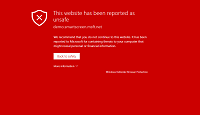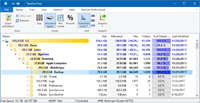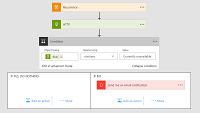Windows 8.1 offers new features under the hood to make it the fastest, most secure, and easiest-to-manage Microsoft operating system for desktops, laptops, or tablets. Available as a free update later this year, a prerelease version is available now for you to try.
There are two methods to install Windows 8.1: Using the Windows Store or with the traditional ISO file that can be written to a USB device or a DVD.
Upgrading to Windows 8.1 using the Windows Store
This is the easiest method to install Windows 8.1 but it requires a minimum of 20 GB of free space on your primary OS drive. To get started, head over to http://windows.microsoft.com/en-us/windows-8/preview-download and click the purple Get The Update button.
The file you downloaded is a patch that adds support to download Windows 8.1 to the Windows Store app. After the patch is downloaded run it and click through all of the confirmation boxes. When installed, you will be asked to restart your PC.
After your PC is restarted you will be asked to go to the Windows Store to download and install Windows 8.1. If you miss the notification, you can always just click the Windows Store icon on the Start Screen and you can't miss it.
Install Windows 8.1 using ISO files
Using an ISO file can be more destructive than the Windows Store method but is the only way to install Windows 8.1 on brand-new hardware or in a virtual machine. Additionally, I always recommend using clean installs instead of upgrades when possible since you typically will experience fewer issues.
Visit http://windows.microsoft.com/en-us/windows-8/preview-iso to download the appropriate ISO files for your PC. I recommend the 64-bit ISO unless you have very old PC hardware.
If you want to install from a USB drive instead of a DVD, check out this article: http://tweaks.com/windows/62731/how-to-install-windows-8-iso-from-a-usb-flash-drive/.
Where is the product key?
Windows 8.1 requires new product keys when installing from ISO files. For the preview, you can use NTTX3-RV7VB-T7X7F-WQYYY-9Y92F.



